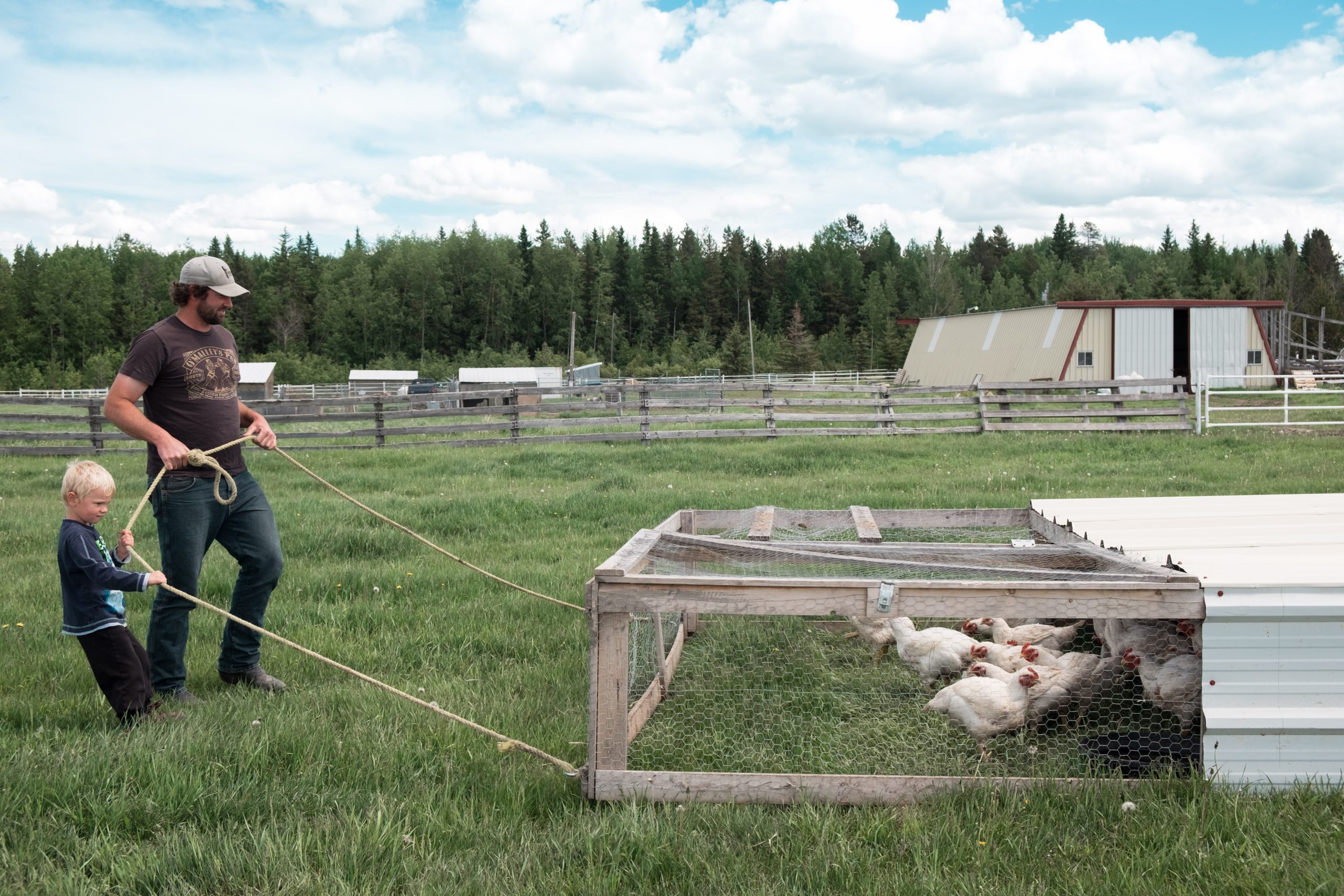How to Fund Your Farm in Canada – Non-Traditional Options
So you’ve decided to take the plunge and start a farm in Canada – great! Now, how will you afford it? Access to capital remains one of the biggest barriers to new farmers in Canada.
Did you know that many first generation farmers in Canada didn’t qualify for a loan when they were starting their farm businesses? Where did they get the money? The answer may surprise you; community members, friends and family, investors, crowdfunding… the list goes on.
In this article, we’ll explore the different options for funding your farm, the benefits and challenges of each option, and hear about how real farmers in the Canadian Prairies funded their farms.
If you’re interested in exploring how to raise funds by working with traditional lenders like banks, credit unions, and granting organizations, check out our How to Fund Your Farm in Canada – Working with Lending Institutions blog (upcoming)!
If your main funding barrier is land, head over to our Land Access page for ideas and tools to help you with land access.
Getting Organized
*Please note that the following information is provided to give perspective and inspiration for funding avenues, and that when considering how these options could be applied to your individual situation, nothing beats the advice of a trained professional. Consider involving a business developer, a farm accountant and a lawyer for advice before entering into any legal agreements.
Many new farmers will need to borrow money to make their farm dreams a reality. Lending money can be risky, so it’s your job to show potential lenders that you have a sound plan to pay them back.
Before you can start pulling together your funding options, you’ll need to know how much money you need to start your farm and to get your financial statements in order. Most financial bodies, investors and even friends will need to know that you can repay what you borrow, so they’ll want to see your plan. Your plan is expressed in the following documents:
- Business Plan
- Balance Sheet
- Income Statement
- Cash Flow Projection
For help developing these documents, check out the Young Agrarians’ Farm Business Tools
Or sign up for our Business Bootcamp here.
Are You Ready for This?
It’s also a good idea to do a personal assessment. Ask yourself: What is your risk tolerance? What are your financial goals? Is now the right time?
If you need some help with this, check out BDC’s Self Assessment Tool to determine your entrepreneurial traits, concerns, motivations, aptitudes, and attitudes.
Sources of Funding
The following is a collection of possible sources of alternative funding for new farmers. It doesn’t include all options, so use this as inspiration to come up with your own ideas. Before considering applying for a loan, ask yourself if you’ve exhausted all other options, including:
- Personal cash
- Help from family, friends, neighbours
- Crowdfunding
- CSAs
You’ll likely end up using a combination of many of these funding approaches to get your farm started and to expand once you’ve been in business for a few years.
As your business expands, remember that debt can be a tool. For example, if the amount of flowers you produce inside a new-to-you greenhouse can pay for the greenhouse itself in one season, that’s likely a good investment. Getting a small loan to finance that greenhouse could be a great business decision. However, be wary of biting off more than you can chew – this is where good cash flow planning and financial management are key to your farm’s success.
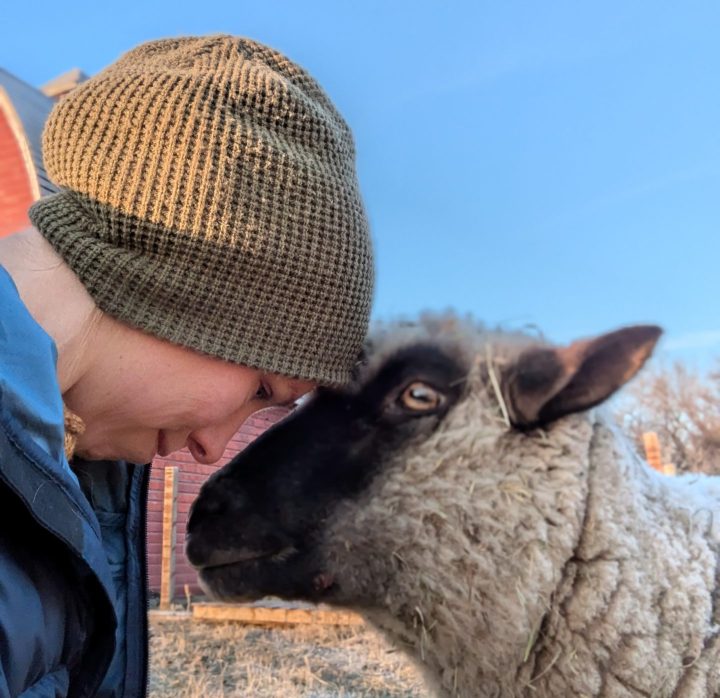
Have you minimized your costs as much as you can? Ask yourself:
- What does your farm absolutely need in order to run?
- Categorize your early expenses into these categories:
- Must have – the farm cannot operate without it
- It’d make things easier, but I can do without it
- It’d be nice, but it’s not necessary
- Categorize your early expenses into these categories:
- Can you rent instead of purchasing? (This goes for land, equipment, tools…)
- Can you borrow instead of purchasing?
- Can you buy it used? (You may need to be a handy mechanic or know someone who is)
- Is someone willing to give it to you for free or in exchange for something (labour, your product)?
Tap into your community and see if you can find alternative ways of sourcing what you need. Join local farming organizations like forage and grazing associations, connect with your watershed district, or ag societies and farmer institutes to tap into their community connections. Go to ag shows and talk to as many people as you can about what you’re doing. Come out to a Young Agrarians farm tour and potluck. Someone you talk to might have an opportunity for you, or might reach out if one comes up. Cast a wide net and see what comes in!
Avoid using your credit card to make large farm purchases! Credit cards are an expensive form of debt due to their high interest rates. Research the interest rates of a line-of-credit or a microloan, and compare that with your credit card interest rate – you’ll find that a microloan will offer a lower interest rate!
Personal Savings/Income
Using your own money to start your farm seems like an obvious choice, but is this the smartest use of your money? Things go wrong and projects come in over budget. Where will the additional money come from to cover these financial emergencies? What money will you or your farm have in reserve? It might be better to save your at-hand cash to cover these unforeseen expenses than to have spent every nickel on buildings or land, which you can’t turn into the cash you might need very quickly. Consider spending loaned money before your personal savings in order to have flexibility in case of a financial emergency.
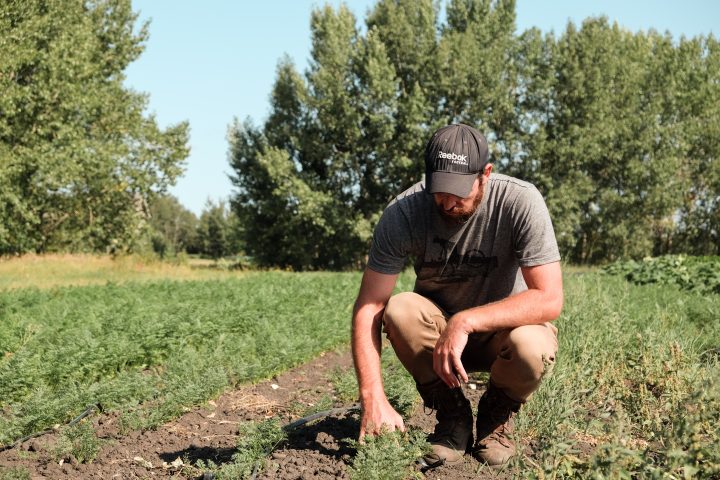
Planning to Pay Yourself Back
If you invest your own money into the farm business, think about it like a loan you’ve made to your business. Keep track of exactly how much you’ve “loaned” your business as “owner’s equity” and make a plan to pay yourself back over time.
Working Off-Farm
Did you know that 66% of Canadian farmers work off-farm full-time in order to support themselves and their families? This is due to the phenomenal expense of starting and operating a farm business. Having an off-farm job can support the stability of your income, which lenders like because you’re not relying solely on your new business to bring in the cash you need to repay borrowed money. Consider what it will take for you to hold down an off-farm job while you start your business, and how much time you will reasonably have to dedicate to working on your farm.
Personal Savings Benefits:
- Available at-hand, immediately
- The most flexible repayment schedule (you’re repaying yourself)
- No interest
- No application process
Personal Savings Challenges:
- It takes a long time to save a large sum
- Working off-farm means you have less time to devote to your farm business
- Are you able to save enough money to comfortably launch your business with room for contingencies?
Friends, Family and Neighbours
Consider asking family members, friends or neighbours if they’d be willing to help you out by lending you money, and then set up a formal agreement. Asking for money can feel uncomfortable. However, having a good plan can boost your confidence! You might be surprised by how willing loved ones are to provide financial assistance, especially if you have a clear business plan with financial projections that demonstrate exactly how you will pay them back. Money can complicate and even ruin relationships, so be clear with yourself and your loved ones about the level of risk this entails and how you plan to reduce that risk. A clear, agreed-upon repayment plan that you know you can stick to will provide you both with a usable framework for starting your farm and preserving your relationship.
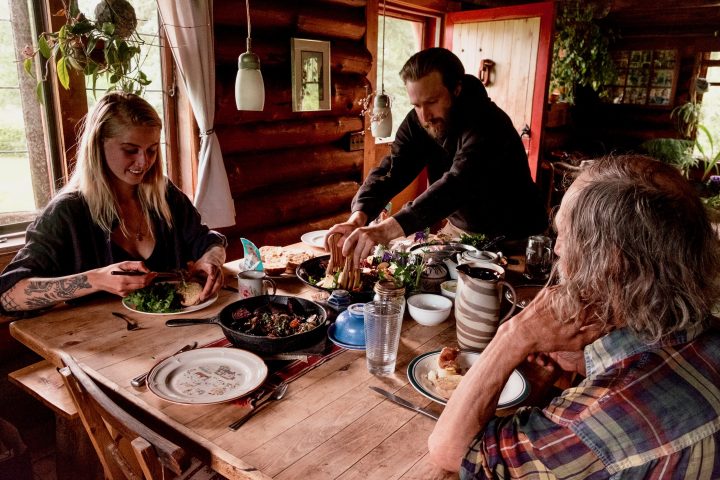 Financial help from loved ones can take the form of no- or low-interest loans, gifts, donations, or an investment where they receive a stake in the business. They may be willing to wait for repayment until after harvest time or even accept part of the harvest as partial payment (e.g. half a cow or a summer’s worth of veggies for one family). This could give you a whole lot of breathing room as you repay part of your debt with the equivalent value in product.
Financial help from loved ones can take the form of no- or low-interest loans, gifts, donations, or an investment where they receive a stake in the business. They may be willing to wait for repayment until after harvest time or even accept part of the harvest as partial payment (e.g. half a cow or a summer’s worth of veggies for one family). This could give you a whole lot of breathing room as you repay part of your debt with the equivalent value in product.
According to the 2024 BC New Entrants in Agriculture Needs Assessment, most focus group participants shared that they own the land they manage, and purchased the land with the help of family support, such as interest-free loans from family members for purchasing family land or including parents as shareholders in the incorporation of the business. For those who leased, over half leased from an acquaintance or family member and have a written lease agreement.
Write it Down and Sign it
Put the terms of the deal down on paper to align everyone’s expectations. Clearly outline:
- The exact amount borrowed
- The interest rate expected (if any)
- The rate of repayment (how much you’ll pay per month)
- The total term of the contract (1 year? 5 years? 10 years?)
- The consequences for defaulting (what you’ll sell to get them their money back)
Formalizing the agreement is a good thing! It protects both parties and gives you something to refer to if questions arise later. For large sums, have a lawyer draft the contract – keeping a good relationship will be worth the cost of consulting a professional.
Be a Good Borrower
Be a model borrower with your family and friends and prioritize this payment so you keep your relationship in good standing. Money lending can complicate relationships, so be transparent and accountable to your agreements. If your ability to repay changes, be honest and talk to those from whom you borrowed. Work with them to create a new plan.
Non-Monetary Exchanges
Help doesn’t necessarily always need to take the form of money – neighbours can help by lending machinery, offering employment, or by providing advice. Are there ways you could decrease the overall cost of the new project by borrowing, buying used, or reusing “waste” materials from others? Communicate clearly to determine how reliably you can use these assets and what kind of backup plan you need if you can’t access equipment when you need to.
Some non-monetary agreements could include:
- Land rental in exchange for part of the harvest
- Partial use of greenhouse space in exchange for part-time work
- Sharing delivery trips with another nearby farm
- Sharing a season-long farmer’s market spot with another farmer so you don’t have to go every week (and share the tent, tent weights, table, and other display materials), etc.
- Emptying the dregs out of your neighbour’s grain silo in exchange for using that grain to feed your animals
- Running your cattle on part of a neighbour’s land in exchange for working for them a few times a week
Talk to anyone and everyone about the farm you’re starting. You want to become known as the new farmer in town. You’ll be amazed at what is offered to you freely once people start thinking of you when they have extra stuff. For example, I never have to buy 3” pots, despite farming and gardening for over 15 years, because people know me as the “Plant Lady”. Whenever they’re cleaning out their sheds, they reach out to me to see if I’ll take their unwanted pots – I don’t even have to ask!
Lydia’s Story
When Lydia Carpenter and her husband Wian first started dreaming about their farm, they knew funding was going to be tricky. “We didn’t own land, so we didn’t qualify for many programs that would finance the farm, so we used the savings that we had,” explains Lydia. She and her partner Wian were able to save $40,000 between the two of them and continued to work off-farm jobs for the first three years of operation.
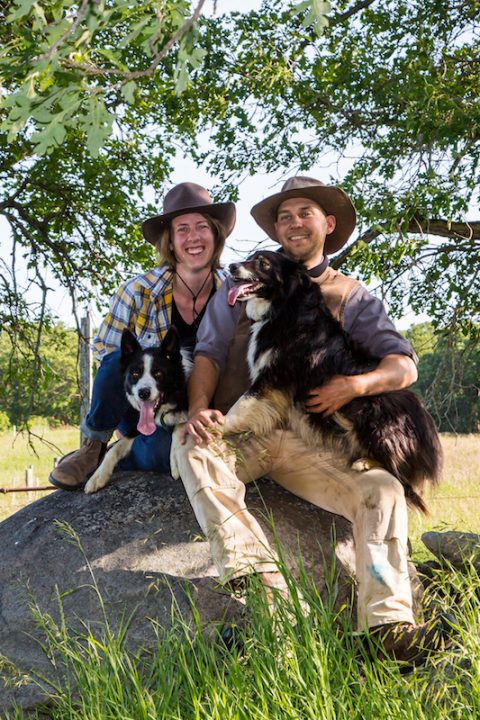
To keep costs down, they rented land for seven years, borrowed machinery from their neighbours, and prioritized pastured poultry as well as egg-laying hens, both of which provided them with revenue in the first year. “We were making money in year one because we started with things that we could cash flow easily and that would return money to us that season,” says Lydia.
Lydia remembers that they had to be creative about funding because they didn’t yet have the assets to qualify for traditional loans. Using her $17,000 personal line of credit, the cash flow from an egg subscription program they offered, and an interest-free loan from a past employer of $10,000, which they paid back over 2 years, they were able to slowly get the farm established without the use of bank loans.
One afternoon, while Lydia was visiting her neighbour’s farm, she noticed over a tonne of harvested and bagged potatoes, grown as an experiment. When she asked about them, her neighbour told her that if she could market them, she could keep the money from the sales. So, she reached out to her customer base and was able to sell the entire amount, earning her enough money to purchase a livestock trailer for her farm.
Lydia’s story highlights the unconventional and sometimes unexpected ways a community can fund a farm. Check out this video to learn more about how her community was integral to the success of her growing farm business:
Benefits of Support from Friends, Family and Neighbours:
- Access to money when bank loans might not be an option
- Low or no interest on the loan
- Flexible payback schedules may be negotiated depending on the needs of both parties
- Non-monetary methods of getting access to capital
- Provides an opportunity to connect with your community
Challenges of Support from Friends, Family and Neighbours:
- Failure to repay the loan can jeopardize the relationship
- Good communication is required, especially if your situation changes
- Enlisting the help of a third party (lawyer) would be wise
- Do what you said you’d do when you said you’d do it
Crowdfunding
Crowdfunding raises money through donations collected via an online platform. It can be a great way to engage your customer base and promote your business. Crowdfunding campaigns can be structured in many different ways. A common format is the tiered rewards system. In this system, donation amounts are suggested with future “perks” offered as incentives (e.g. Donate $100 and receive 2 pork chops, 1 pack of bacon, 1 pack pork belly, 5 sausages, etc.). These perks are distributed after the fundraising period is over and the money used for its intended purpose.
It’s important to be realistic about your funding goals. Some crowdfunding platforms force you to return all the money raised if your target isn’t met. The same goes for perks; be sure you can deliver. Be clear about what you’re offering and why they should invest in your project.
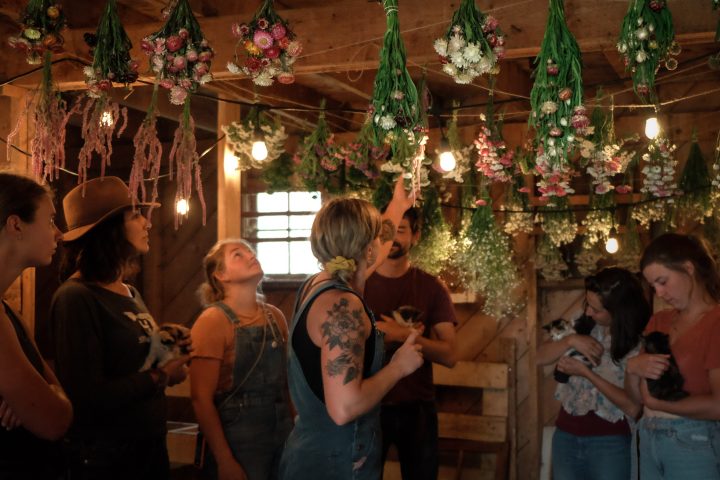
Communication, Communication, Communication
The keys to a successful crowdfunding campaign are storytelling and promotion. If you love to share your farm vision and have a knack for marketing, crowdfunding can be an enjoyable experience. However, if you struggle to communicate and dislike marketing yourself, you might consider asking a marketing savvy friend to take the reins on this one.
Be strategic and get creative. Don’t rely on your social media posts alone. Consider other outreach opportunities like printed business cards with a QR code to give to friends and family to help you promote or leave on town cork boards. If you have a farmers market spot, collect emails and spread the word about your crowdfunding campaign.
After the funding period is over, keep talking to those who gave you money. Thank your donors and keep them updated on the progress of the project. Give them a realistic timeline in which to expect their perks and stick to it. Let them know where they can find your product, and how they can continue to support your business. These folks could turn into your most enthusiastic supporters and customers!
Anna’s Story
When Anna Hunter and her family moved from Vancouver and bought a farm in central Manitoba, they had to get creative about funding their sheep and wool business, Long Way Homestead. The land was funded through the sale of Anna’s community-based yarn shop, but they needed more cash flow once they decided to turn their homestead into a farm business.
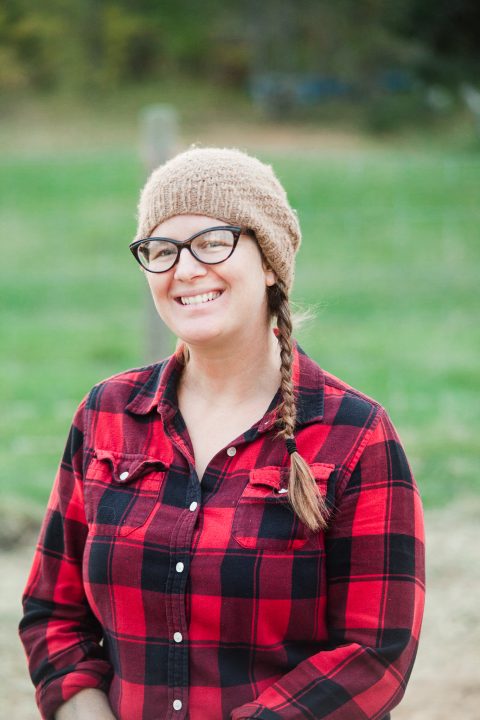
“We have tried going into traditional banks and also credit unions to get different parts of our farm or our mill or our business funded and we’ve never gotten it,” says Anna. “We’ve always been turned down, which is a hurdle and a bit discouraging, but it motivated us to find different ways.”
One part of their multi-faceted approach was to crowdfund through Kickstarter. Setting their goal at $6,000, Anna and her partner Luke were able to raise $12,000; almost double what they asked for! Their success was due to their love of story-telling and their established social media following. This sum was enough to pay for their fencing, animal shelters, watering infrastructure, as well as their first flock of sheep.
“Whenever you have a successful Kickstarter campaign, in my opinion, it’s either because your product… is so awesome that everyone wants to get their hands on it first,” explains Anna, “Or you have a very good story, or you’re a very good storyteller telling your story.”
While crowdfunding can seem like a fairy tale solution to cash flow issues, Anna warns that it’s an incredible amount of work. Managing the list of backers with their affiliated perks, and fulfilling those perks takes an enormous amount of time and attention. “It’s exhausting to fulfill those perks, because you’re trying to get this new business or this farm started, but you’re also trying to honour the investment that people made in you…” Anna admits, “In the long run, it’s really worked out because they’ve become some of our most dedicated customers.”
Some of the perks that Long Way Homestead provided their initial backers included hand-sewn and silkscreened bags, photography of the farm and animals on cards and posters, yarn and fibre, hand-tied wool duvets, a tree planted on the farm, dinner on the farm, and a visit with the animals.
Watch this video to learn more about Anna’s perspectives on crowdfunding:
Crowdfunding Platforms
Kickstarter: The granddaddy of crowdfunding platforms, Kickstarter comes with a lot of clout and all the gadgets to support it.
-
- Eligible projects need to create something shareable and cannot offer equity (share in the business) as part of the perks of backing a project. There are also limits to what else can be used as rewards, such as no live animals, alcohol, or resale items.
- You must set a goal of how much you hope to raise and how much time it’ll take to raise it. If you don’t meet that goal, you don’t get ANY of the money. This is where setting achievable goals is crucial.
- Projects are publicly displayed on Kickstarter’s website, but the majority of the promotion comes from you.
- Cost: 5% of all funds collected at the end of the campaign, as well as 3-5% processing fees.
GoFundMe: A response to the classic Kickstarter model where you can change your goal amount at any time, and there are fewer restrictions on the sorts of eligible projects.
-
- You can transfer money out of the GoFundMe before the campaign has ended and even if you haven’t met your targets.
- Promotion is driven by you, and encouraging friends and family to share on your behalf widens your fundraiser’s reach.
- Cost: 2.9% + $0.30 per donation, optional tip per transaction
Indiegogo: The first perks-driven fundraising platform, Indiegogo offers a choice between fixed and flexible plans. Fixed plans look a lot like Kickstarter’s, while flexible plans allow you to keep contributions even if you don’t reach your goal.
- Perks: You can choose to offer perks or not, and perks can be items, acknowledgements, events, services, or thanks.
- While Indiegogo lists access to experts as one of the benefits of using its platform, it currently doesn’t have any farming experts available.
- Cost: 5% platform fees, plus 3% + $0.20 per transaction, plus a $25 transfer fee for each transfer to Canadian banks.
These are just a few options, so take a look out there for what fits your style the best.
Crowdfunding Benefits:
- A great way to raise money if you don’t qualify for a bank loan
- Drums up interest in your business as well as potential future customers
- Allows others to feel involved in your project, establishing community
- An alternative way to secure initial funds for a matched grant
- A fantastic way to share the story of yourself and your farm
Crowdfunding Challenges:
- Takes careful management
- Can take up a great deal of time, especially fulfilling perks
- Requires significant promotion
Community Supported Agriculture (CSAs)
Community Supported Agriculture (CSA) models operate in essence like a subscription service for farm products. They can be structured in a multitude of different ways, varying from once-a-week boxes of products to herd-share programs delivered once a year. Payments can be collected up front for the entire season in the spring, week by week throughout the year, or as orders come in before butchering. Some CSA programs operate like a farm gift card, where the initial balance is gradually deducted throughout the season as the customer “purchases” from the farm. Others pre-pack boxes of product in several preset sizes and deliver these to CSA members or arrange for pick-up at a farmer’s market or on the farm.
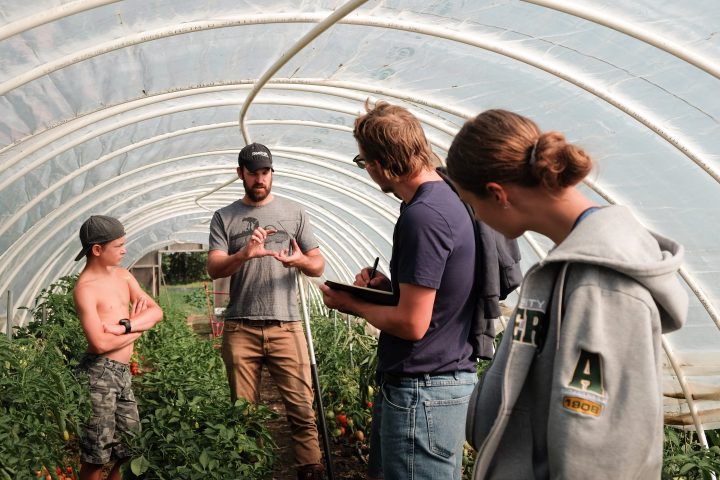
A creative example of this is when, in the early years of her farm, Anna Hunter offered a SponsorSheep program to raise funds for the feed needs of her early flock. Customers could sponsor a sheep for the entire year, earning them the right to name the sheep and receive a portion of its wool upon shearing. Customers had the option of receiving the wool unspun or made into yarn. “In the beginning, it really financed our feed needs for a long time,” says Anna.
Although CSAs offer a clever solution to early season cash flow woes, it can be very tricky as a new farmer to know if you have the growing capacity to fulfill what you’ve promised your members. CSAs also require a lot of trust from those buying a share in the farm, and it may take several seasons to build this trust within your community. If done well, they can operate as community insurance for when things go wrong. If you have an unexpected bumper crop, share the love with your members – they’ll remember it and spread the word about your generosity, advertising your CSA program! If you’re not able to produce enough to fill your commitment, be honest with your CSA members – they’re likely to understand and to forgive.
Benefits of CSAs:
- Positive cash flow early in the year when your operating expenses are high and your revenues are low
- Allows others to feel like they’re a part of your farm community
- Provides a convenient way to make sure you’re moving product
- You know ahead of time how much you need to produce / harvest for the CSA
Challenges of CSAs:
- Making sure you can reliably produce enough product to fulfill a regular delivery
- Knowing how many CSA shares to offer
- Time consuming to pack up CSA boxes
- Offering a diversity of products so CSA members don’t get bored
- Building trust with your CSA members
Takeaways
Most farms don’t rely on a single tactic to fund their farms. They employ a combination of several of these approaches to ensure their success. Be creative! Explore and experiment! Maybe your neighbour is okay with you running your goat herd with their cattle in exchange for help during processing time (being mindful of transferable diseases). Maybe you use crowdfunding to build a barn and LOOP for your animals’ winter feed. Maybe you also work off-farm to pay for your living expenses for a few years.
Eventually, you might want to apply for a grant, or work with a lending institution to get a traditional loan. For more information about those topics, head over to our How to Fund Your Farm in Canada – Working with Lending Institutions blog (upcoming).
There are ways forward – you can do this!
If you have recently started a farm and would like some extra support from someone who really understands where you’re coming from, consider Young Agrarians’ Business Mentorship Network. YA will match you in a one-year mentorship with an experienced farmer in your field who will work with you to reach your farm goals. Applications open in the fall, but click through to be notified when applications open! 
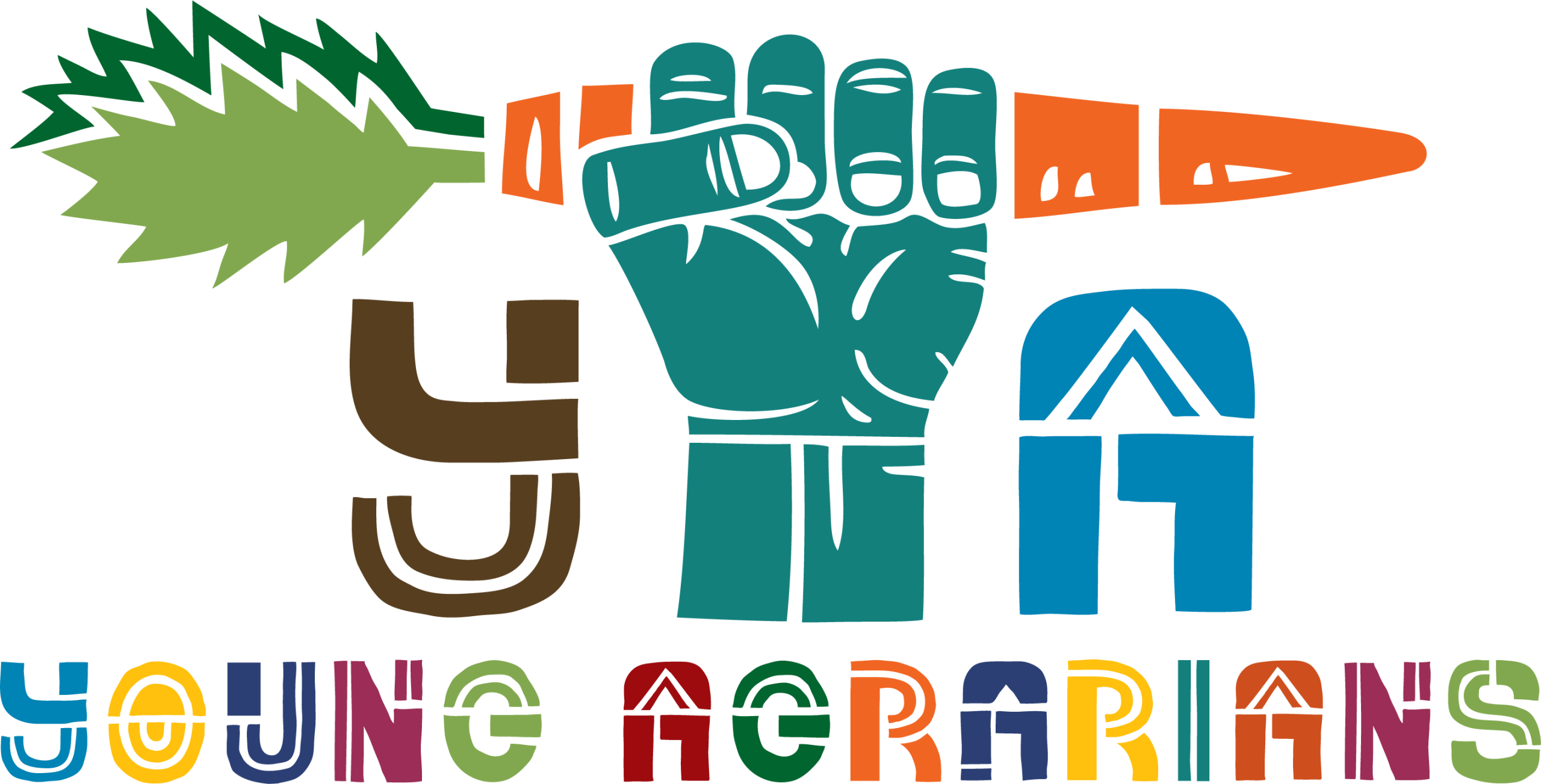

 Filter by Popular Categories
Filter by Popular Categories